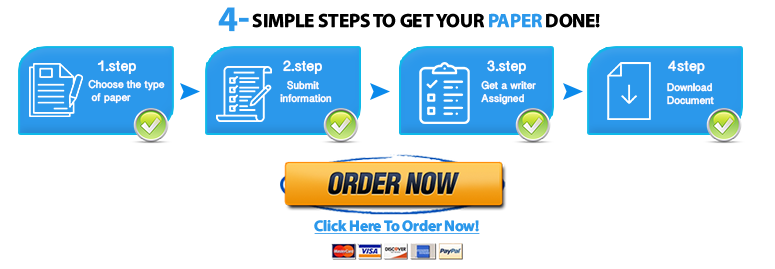World Lit week 7: getting Romantic
World Lit week 7: getting Romantic
This week you’ll be sampling a variety of writers working in verse, spanning the 19th century. Among them are great representatives of the Romantic tradition, as well as pre-Modern writers who were beginning to react to that tradition in very interesting ways, sometimes rejecting some or all of its key tenets. You’ll also dip into a few writers working completely outside that tradition — such as the Indian poet, Ghalib.
In order to tackle this week’s discussion, you’ll need to have finished viewing the Week 7 Viewing, and compiled your list of Romantic traits from the BBC documentary as well as the intro in your text.
Here’s what to do:
- List the characteristic of Romanticism you’ve identified from the text and the BBC documentary we watched.
- Choose three of the poets we’ve read and explain how those traits apply (or don’t apply) to his/her work. You might find some poems have elements of Romanticism, but break away from the movement in other ways.
- Be sure to provide specific quotations from the poems you’ve selected to support your analysis.
As always, your initial post, and your responses, need to be substantive.
Reading List:
Textbook: The Nortons Anthology of World Literature
“Lyric Poetry in the Nineteenth Century” (574-577)
“William Blake” (577-581)
From Songs of Innocence (beg. 582)
“Introduction”, “The Lamb”, “The Chimney Sweeper”
From Songs of Experience (beg. 585)
“Introduction”, “Earth’s Answer”, “The Tyger”, “London”, “The Chimney Sweeper”
“William Wordsworth” (588-592)
“The World Is Too Much with Us” (596)
“Heinrich Heine” (615-616)
“The Silesian Weavers” (617)
“Ghalib” (618-622)
“I’ve made my home next door to you” (624-625)
“Walt Whitman” (646-647)
From Song of Myself (648-653)
Charles Baudelaire (654-656)
“A Carcass” (659-660)
Emily Dickinson (666-668)
(Read any two poems by Dickinson)
https://bigthink.com/videos/how-to-read-a-poem


